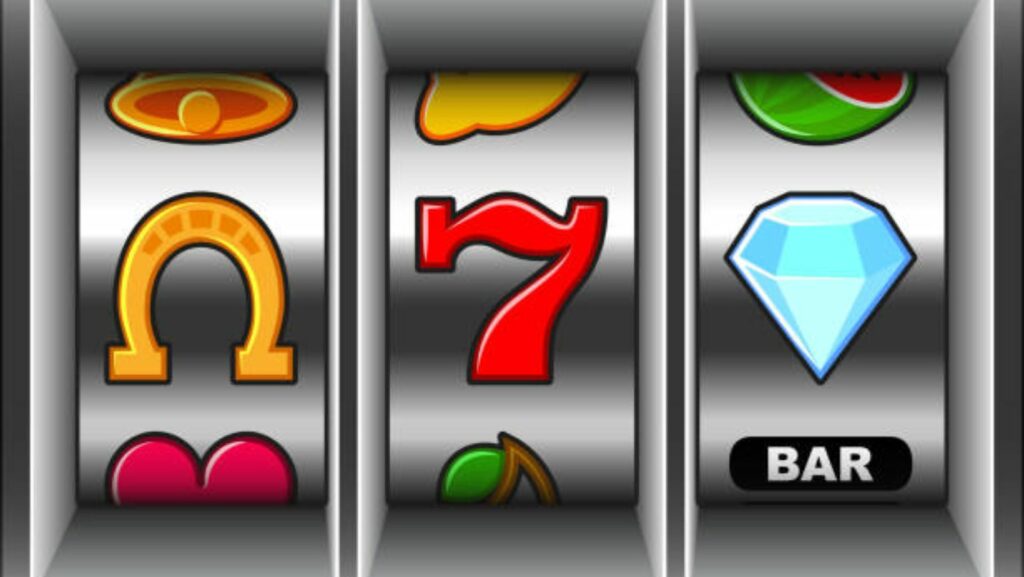In the world of online gaming, slot games have become one of the most popular forms of entertainment. The allure of colorful graphics, engaging soundtracks, and the thrill of potential winnings draws players from all walks of life. However, the accessibility of these games is crucial to ensure that everyone, regardless of their abilities or disabilities, can enjoy them. This is where the role of user interface (UI) design in slot game accessibility comes into play. Effective UI design can make or break the gaming experience, especially for users with disabilities.
Understanding Slot Game Accessibility
Slot game accessibility refers to the design and implementation of games in such a way that they are usable by as many people as possible. This includes individuals with visual, auditory, cognitive, and motor impairments. Accessibility in slot games ensures that everyone has an equal opportunity to play, enjoy, and potentially win. It is about creating an inclusive environment where barriers are minimized and the gaming experience is enhanced for all users.
The Importance of User Interface Design
User interface design is a critical component of slot game development. The UI encompasses everything a player interacts with on the screen, including buttons, icons, menus, and navigation. A well-designed UI can enhance the player’s experience, making the game more enjoyable and easier to use. Conversely, a poorly designed UI can lead to frustration, confusion, and a lack of engagement, particularly for users with disabilities.
Visual Accessibility in Slot Games
Visual accessibility is one of the most important aspects of UI design. Many players have visual impairments, ranging from color blindness to complete blindness. To accommodate these users, slot games should incorporate several key design elements.
Colour Contrast and Legibility
Using high color contrast between text and background can help players with low vision or color blindness distinguish elements on the screen.

The text should be large and legible, with clear, easy-to-read fonts. Avoiding overly decorative fonts and ensuring that text size can be adjusted are also crucial.
Screen Readers and Audio Descriptions
For players who are blind or have severe visual impairments, screen readers and audio descriptions can be invaluable. Screen readers convert text and other elements into speech, allowing users to navigate the game through auditory cues. Providing alternative text for images and ensuring that all game elements are accessible via screen readers can significantly improve the gaming experience.
Simplified Layouts
A clean, uncluttered layout can help players with visual impairments navigate the game more easily. Simplified layouts reduce the cognitive load and make it easier to find important information quickly. Grouping related elements together and providing clear navigation paths can further enhance usability.
Auditory Accessibility in Slot Games
For players with hearing impairments, auditory accessibility is another critical consideration. Slot games often rely on sound effects and music to enhance the gaming experience, but these should not be the only means of conveying important information.
Visual Cues
Incorporating visual cues to complement auditory signals can make the game accessible to players with hearing impairments. For example, flashing lights or on-screen notifications can indicate a win or a bonus round. Subtitles and closed captions can also provide a text alternative to spoken content, ensuring that all players receive the same information.
Adjustable Volume and Sound Settings
Allowing players to adjust the volume and sound settings can help those with partial hearing loss or sensitivity to certain sounds. Providing options to customize the audio experience ensures that all players can tailor the game to their specific needs.
Motor Accessibility in Slot Games
Motor impairments can affect a player’s ability to interact with the game using traditional input devices like a mouse or keyboard. UI design in slot online can improve motor accessibility by offering alternative input methods and reducing the need for precise movements.
Keyboard and Controller Support
Providing keyboard and controller support can offer alternative ways to interact with the game. This is particularly useful for players who have difficulty using a mouse.

Ensuring that all game functions can be accessed via keyboard shortcuts or game controllers can make the game more inclusive.
Large Clickable Areas
Designing large clickable areas and avoiding small, precise targets can help players with motor impairments navigate the game more easily. Buttons and interactive elements should be sufficiently large and spaced out to prevent accidental clicks.
Conclusion
The role of user interface design in slot game accessibility cannot be overstated. A well-designed UI can make the difference between an inclusive, enjoyable gaming experience and one that is frustrating and inaccessible. By considering visual, auditory, cognitive, and motor accessibility, game developers can create slot games that are welcoming to all players, regardless of their abilities. Ensuring that everyone can participate and enjoy the game is not only a matter of inclusivity but also enhances the overall success and reach of the game.


More Stories
What Is Social Media Analytics? Technical Foundations, System Architecture, and Strategic Applications in Modern Digital Ecosystems
Non GamStop Sports Betting: Benefits of Mobile Apps for Placing Bets in 2026
Transform Your Career with Industry-Ready Artificial Intelligence and Machine Learning Programs